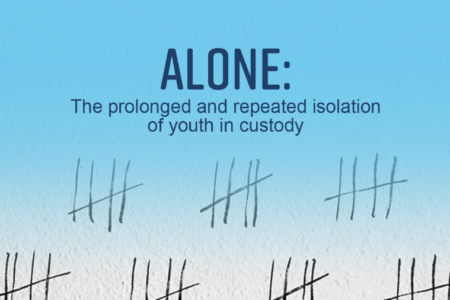Markets and weather led to temporary mill closure
The recent two-week layoff at the International Forest Products (Interfor) Grand Forks mill was a result of a combination of poor market conditions and weather. While some maintenance functions continued since the shutdown that started on June 28, most of the workers have had an unplanned summer vacation. Because of the overly rainy month of June, trucks have been unable to get into the bush to pick up logs that were ready for hauling. While there are logs on the mill grounds, the species of wood, fir, is not a marketable product at this time and so the mill was temporarily closed until stock of other species could be brought in. Rumours that the mill closure is linked to the start-up of the Castlegar mill are unfounded. “We do know (from lumber market reports) that fir is sort of dead in the water,” said Bruce Gardner, United Steelworkers union representative for the mill. Gardner also said that his contacts in Castlegar indicated that the start-up there was to look at what products work best and determine the efficiency of the mill. Interfor’s Castlegar mill started operating at the end of June and is running one shift a week according to Gardner. Grand Forks mill manager Andrew Horahan was unavailable for comment. The mill is scheduled to re-open on July 12. Housing starts figures in the United States (US) and Canada for May are both down, but for very different reasons said Madison’s Lumber Reporter: “The US Commerce Department said that home construction and applications for building permits slumped in May following the end of a homebuyer tax credit in April. Meanwhile up north, the Canada Mortgage and Housing Corp reported June 8 that the annual rate of housing starts dropped last month, with starts in both single- and multiple-family units down. Tougher mortgage rules imposed by the Canadian government in mid-April prompted buyers to act sooner, causing house prices to drop, the Canadian Real Estate Association said. “In the US, construction of new homes and apartments fell 10 per cent from April to an annual rate of 593,000. Construction of single-family homes fell 17 per cent to a seasonally adjusted rate of 468,000, the largest percentage decline in single-family starts since 1991. Applications for building permits fell 5.9 per cent to the lowest level in a year. “US starts on multifamily dwellings jumped 33 per cent in May, while permits for apartments and condos rose 10 per cent. Within that multi-family category, groundbreakings of homes with five or more units were up by 38.3 per cent. Despite May’s drop, housing starts, year over year, were up 7.8 per cent. The Commerce Department said revised April starts rose 3.9 per cent. “The disappointing data mirror results of a survey of US home builders this week. The National Association of Home Builders said Monday that its index of confidence took a sharp dive. Analyst Mike Larson, of Weiss Research, said that report reminded him “of what happens when an athlete stops taking steroids.” Builders face tough competition from foreclosures of existing homes, and buyers remain cautious about the job market. In some areas, prices are still falling. “In Canada, May housing starts were 189,100 units, down from a revised 201,800 in April. Starts in both single- and multiple-family units were down. Urban starts fell 9.5 per cent to 165,200 units in May. Urban multiple starts decreased 5.6 per cent to 92,800 units, while single urban starts dropped 14.1, to 72,400 units. The latest Canadian home sale figures indicate that tens of thousands of homeowners have seen the rampant demand recently, and listed their houses for sale to take advantage of high prices. “Sales fell to 8.5 per cent, or 40,393 units, in May compared with April. Sales remain elevated by historical markers, but are 15 per lower than last the peak last autumn. The number of new listings dropped 4 per cent to 76,201, from 79,367, the Canadian Real Estate Association said Wednesday. “Life in the fast lane is over for Canada’s housing market,” said Douglas Porter, deputy chief economist at BMO Capital Markets.
“Canadian house prices were essentially flat in May, gaining 0.5 per cent to an average national resale price of $346,881 – the highest on record. In the US, low housing start figures raised concerns that weaker demand for homes will derail an economic rebound, pushing Treasury Bills higher and interest rates lower.”






















